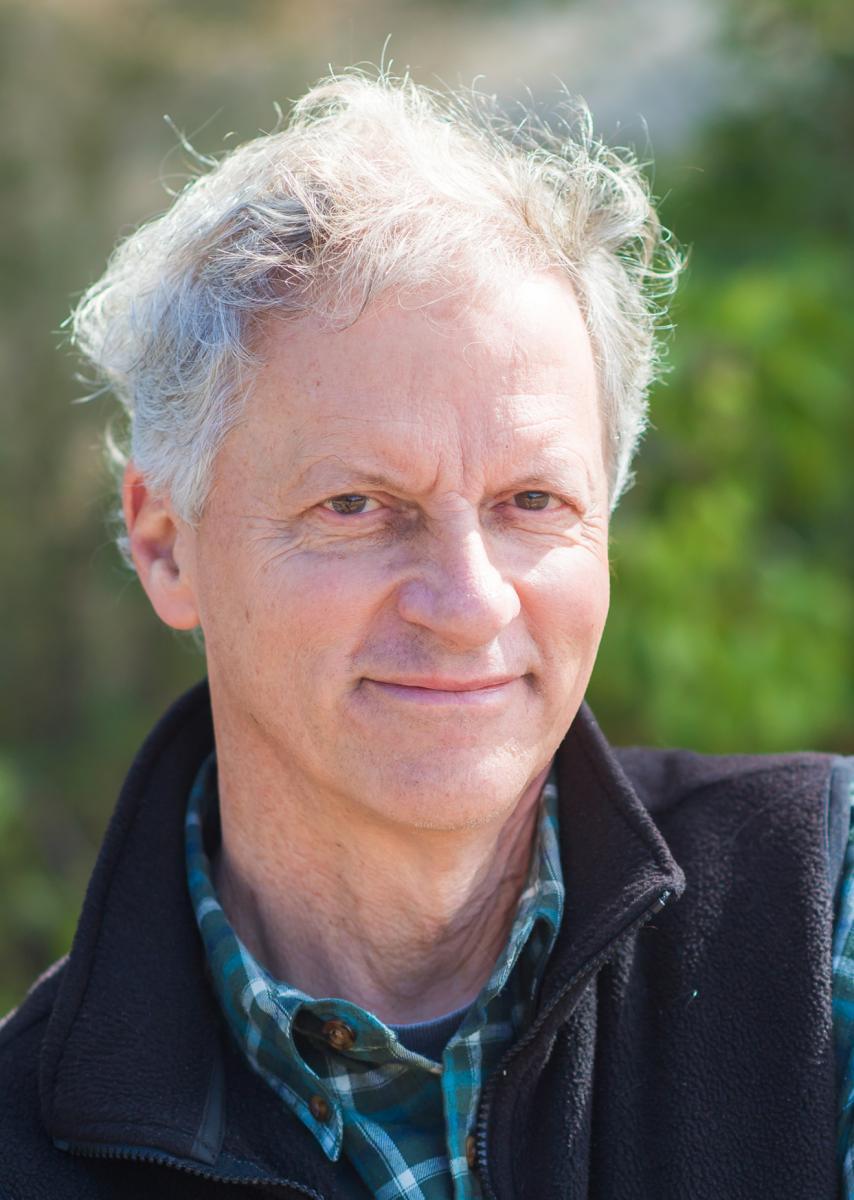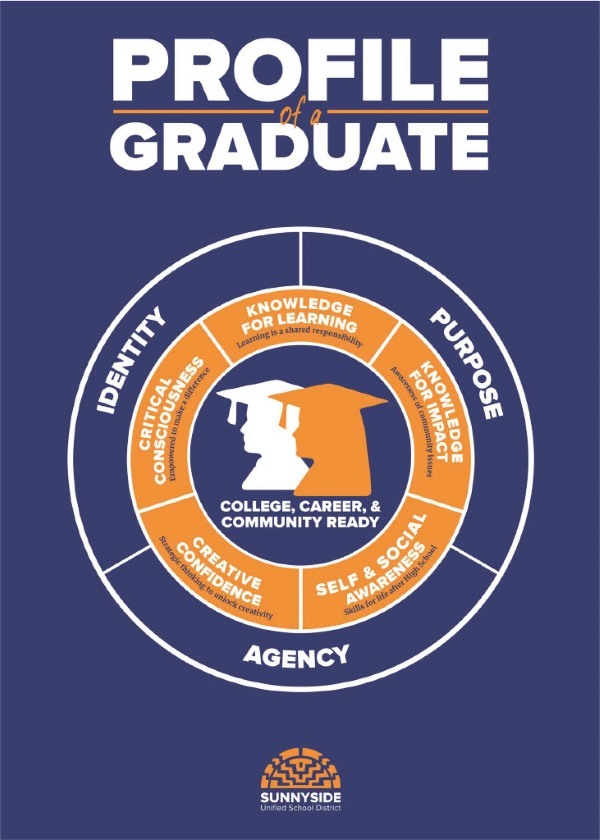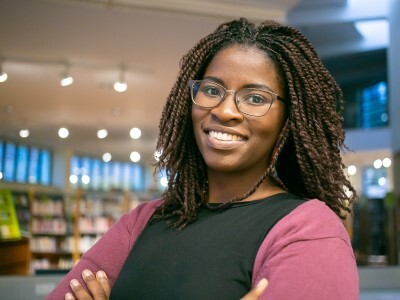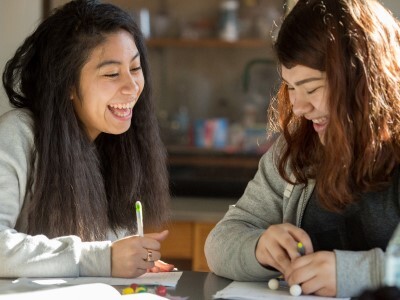If Your Reform Doesn’t Show Up in the Learning Lives of Kids… Did It Ever Really Happen at All?
Topics
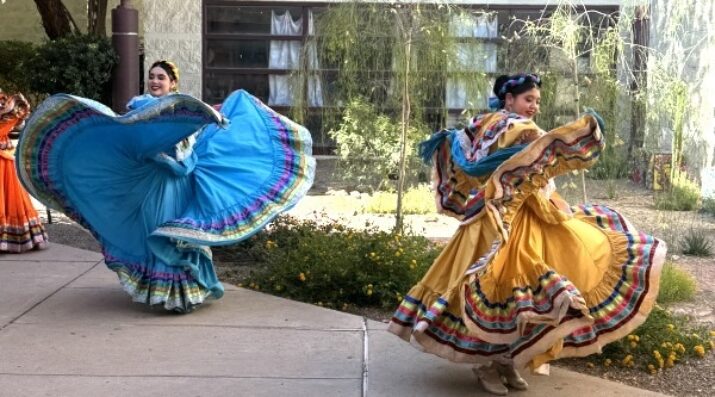
Next generation learning is all about everyone in the system—from students through teachers to policymakers—taking charge of their own learning, development, and work. That doesn’t happen by forcing change through mandates and compliance. It happens by creating the environment and the equity of opportunity for everyone in the system to do their best possible work.
It’s time to replace “trickle-down” ed reform with change efforts that start with students and learning.
“Coherence” has been having quite a Moment, here in the land of education reform.
Educators have been hearing about it from philanthropies, leading R&D organizations (including NGLC), academia, and from various levels of government. It has been enthusiastically applied to improving teaching practice, aligning school district elements around a shared vision, developing teachers, organizing state agency support, and helping school and district leaders manage the multiple, often conflicting demands they currently face. There are now coherence toolkits, coherence frameworks, and coherence workshops, all designed to help make all of this good work and thinking about coherence in education…. ummm, more coherent, I guess.
This is good! In a school or district prioritizing systems coherence, theoretically all of the parts—instruction, curriculum, assessment, professional learning, governance, administration—work seamlessly together to make up a well-coordinated and effective student learning experience. Without reservation or much disagreement (a rarity, these days), we can likely all agree that building coherence across the all-too-frequently fragmentation of a public school’s key components (or, the policy and support systems that shape that school’s work) is both important and good. Potentially very important and good.
And yet.
In the midst of a conversation about school systems and instructional coherence recently, I found myself wondering: Is it true coherence, if the people who matter most—the kids—aren’t experiencing it themselves?
Which led me to wonder further: how might all of the effort by educators, reformers, educational researchers, and advocates to advance alignment and coherence in education look any different, if we all stopped to consider what coherence looks and feels like from a student’s point of view?
I know, I know: all of this work on coherence is aimed, ultimately, at productively transforming what students experience in schools and helping them develop the competencies they need to thrive and contribute in the 21st century. Great. And: adults have been working on school improvement for many, many years now. So far, achievement has been largely flat, and mostly measured through narrow metrics on literacy and numeracy, with continuing terrible disparities among racial and economic subgroups, employers complaining that their job applicants can’t handle complexity, and high school students reporting that their daily experience in their school generally leaves them feeling tired, stressed, and bored.
That line of thinking prompts this question: What if… all of this ed-reformer energy around coherence is simply the latest iteration of a cycle we’ve seen all too often in education reform initiatives, where the adults furiously place and replace the pieces at the ed puzzle’s edge (professional development, scheduling, curricula, assessment, etc.), trusting that the most important pieces in the puzzle’s center—i.e., whether students are purposefully, actively engaged in powerful learning—will somehow fall magically into place?
What does true coherence look and feel like, from a student’s point of view?
True Coherence at the Level of a School
Here’s what I heard from three students during a visit to the NYC iSchool this past winter. In the moment, their comments felt like an indicator of what we might call “true coherence”—a sense of coherence so deep and so pervasive that the students are in fact its most compelling articulators.
The NYC iSchool was established in 2008 by the NYC Department of Education to serve as “a model that would rethink the high school experience for the 21st century.” Today it serves a diverse enrollment of 470 students and regularly receives nearly 3,000 applications for its 120 available spots. I was visiting with educators from the Deeper Learning Dozen, and during an informal small-group meeting with three iSchool students, one of the visiting educators asked a good question: “We’re about to fan out across your school and spend a couple of hours visiting classes we can choose at random. What would you hope we would see, so that we walk away with a true impression of the student experience at the iSchool?”
Their responses were swift but thoughtful, and built on each other beautifully:
Student 1: “I really hope you see a wide range of teaching and learning practices. There isn't much teacher lecturing here. We all learn in a whole variety of ways, with a lot of it—maybe most—happening in the context of something that feels real and that’s super interesting, like some kind of project.”
Student 2: “Yes! And: I hope you also see examples of personalized support for the kids here. The teachers put a lot of effort into that—making sure that every student is finding his or her own way into the stuff that they’re learning.”
Student 3: “And! One more thing: I hope that wherever you go, you see signs of the really strong relationships here. Teacher to student, teacher to teacher, student to student. It just feels like that’s a real priority at this place, and one that we all feel, every day.”
Mic drop. Right? In three fast, off-the-cuff answers to a visitor’s question, these students encapsulated what true coherence looks and feels like to them—the constituency in any school that matters the most. Public education, for these three, looks and feels like a strong, vibrant community of students and adults, working with each other in creative, active, supportive, caring ways. You can read about how NYC iSchool achieves this kind of coherence on the instructional program and student life pages on the school’s website.
True Coherence at the Level of a District
“The kiddos might not name it as ‘coherence,’” says Pam Betten, the chief academic officer at Sunnyside Unified School District in Tucson, Arizona. “But they sure experience it as ‘coherence.’”
Sunnyside has worked at systems, program, and cultural coherence for more than a decade now, staying with it through all kinds of changes, including in district leadership and the political landscape. Their approach is reflected in their profile of a graduate, which, Sunnyside educators and students say, lives not only in slide decks and wall posters but in virtually every aspect of school and district life.
The NGLC team, along with 75 educators, school board members, and students from nine New England high schools, saw exactly how this graduate profile shapes learning experiences and operating norms during a four-day Learning Excursion to Sunnyside last month. “You guys are visiting different schools and different districts,” Superintendent José Gastelum said to these visitors, “and everybody has one of these, right? I mean, sometimes it's just a nice, good-looking poster on your wall. But are you living it? Can students explain it? Can staff explain it?”
“Our mission,” he continued, “is for our students to develop a strong sense of Identity, Purpose, and Agency so that when they leave us, they achieve what they want in life.” He called this trio of essential attributes—known colloquially around Sunnyside by its handy mnemonic acronym, IPA—“the core of the graduate profile.”
Students at Sunnyside’s Desert View High School constantly impressed the visiting educators and students with their articulate reflections on those attributes, the whole graduate profile, and their school district’s overall approach to learning design. At the dinner that opened this Learning Excursion, for example, one team was—no other way to say it—blown away by a Sunnyside student’s on-the-spot discussion of the difference between the “true agency” he experienced at Desert View and the “voice and choice” banner being waved in ed reform circles. This student took the eight-person team on an impromptu tour through agency as Sunnyside Unified School District defines it:
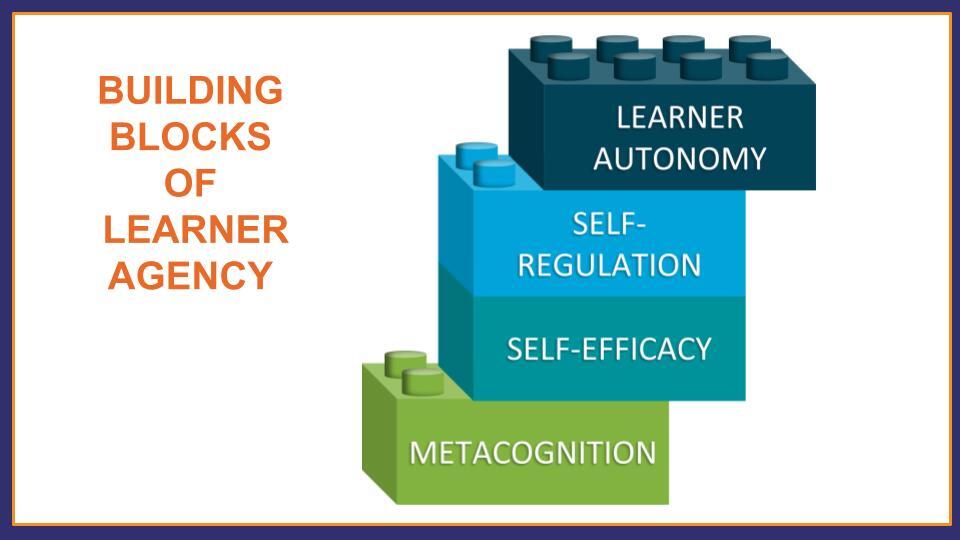
Credit: Sunnyside Unified School District
That conversation at the opening dinner set that visiting team buzzing. We hadn’t even seen a Sunnyside school yet and they were already seeing what system-wide coherence looks like, as articulated by a student.
That kind of thing kept happening all week long. Several years ago, a group of Sunnyside high school students launched a club focused on exploring and dissecting learning design. That club has grown to become the district’s “Learning Ambassadors” program with a membership of 18 students—all of them intrigued by Sunnyside’s student-centered, personalized, experiential approach to high-quality learning. During our visit to the district headquarters on the second full day, a group of Learning Ambassadors designed and hosted a pair of “fishbowl” conversations with the 18 visiting students. The Sunnyside and visiting students took turns leading the conversation from the center circle, with the other group of students circling around them and the adults (strictly listening) in a wider concentric circle around the outside. Among the topics the ambassadors proposed that students discuss:
- What does it mean to you for a classroom to be a community of learners?
- What do you notice about how your teachers design activities where everyone can reflect on and share what they don't yet know to get better?
- What are the qualities of self-assessment or peer feedback that help push your learning forward?
- What is your experience around how students are encouraged to get feedback, to give feedback, and to use feedback?
- How have you understood what works for you as a learner? In other words, what have you learned about yourself as a learner?
Let’s just say: the conversation was rich. The adults were spellbound.
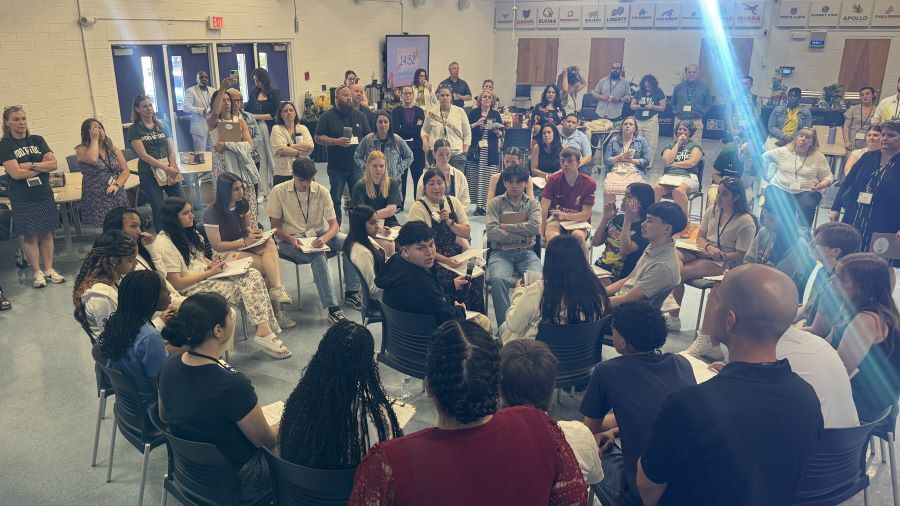
Credit: NGLC
We were seeing, and hearing, what coherence looks and feels like among the Sunnyside stakeholder group that, in the end, is the one that matters: the students. Pam Betton, Sunnyside’s CAO, told us that much of their thinking about “true coherence” was shaped by noted education writer and reformer Michael Fullan. His definition: “Coherence consists of the shared depth of understanding about the purpose and nature of the work. Coherence is what is in the minds and actions of people individually and especially collectively.” (Coherence: the Right Drivers in Action for Schools, Districts and Systems)
So: more shared-understanding, less whiteboard-schematic. The visitors to Sunnyside all experienced firsthand that kind of coherence ourselves, during our trip to Tucson, in a range of ways: in student-designed learning like the fishbowl discussions pictured above; in hearing about student-designed PD sessions on agency for teachers; in CTE classrooms where students and teachers easily referenced Identity, Purpose, and Agency as watchwords guiding their designs for prosthetic limbs (which they had fit to Costa Rican amputees on a recent trip to that country); and in students’ explanations for how the district’s smartphone-use-for-learning-purposes policy was such a good fit with Sunnyside’s graduate profile.
Coherence in schools becomes real only when it is seen, felt, and lived by its intended beneficiaries. Something for all of us to keep in mind as we design artful coherence diagrams. (Yes, I’m talking to myself here!) The students will tell us if real coherence is happening. We just have to ask.
About This Series
This is the third in a series from NGLC Co-Director Andy Calkins on What We Need Now. In the spirit of co-blogging, co-reflecting, and the power of “with,” (see the first article for more on the power of with) feel free to define the “We” in What We Need Now in whatever way appeals to you most. Also in the series:
- The Most Important Word of the 2020s (and Maybe, the Millennium) - What would happen if we all organized around doing things with, rather than to or for our intended beneficiaries?
- Why Transforming Public Education Is So Damn Hard - Our public schools mirror all the ways our society works. Changing them—really changing them—means challenging some long-accepted norms, and replacing them with… what, exactly?
Photo at top, courtesy of NGLC: Folklórico dancers from Desert View High School greeted participants in the NGLC Spring 2025 Innovative Schools Learning Excursion. They were accompanied by the school's Mariachi band.

